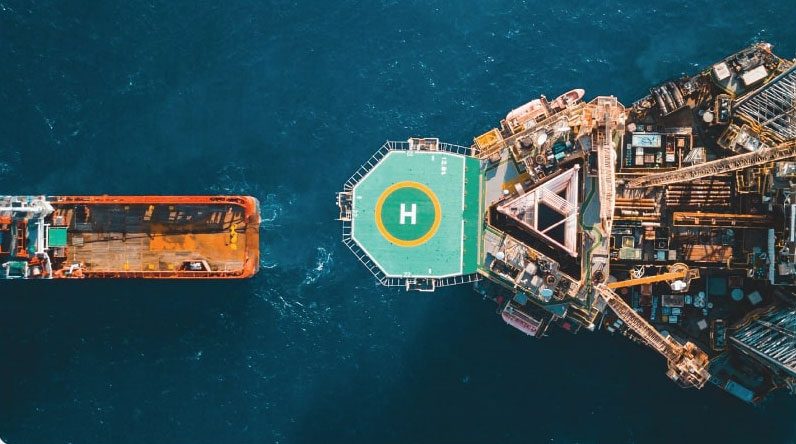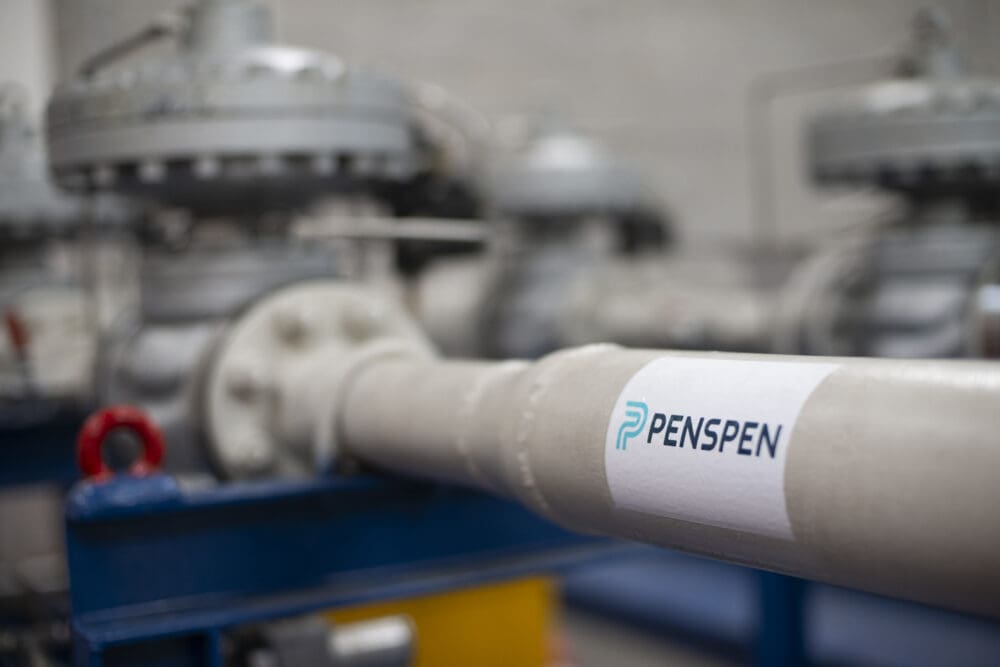Hydrogen
-
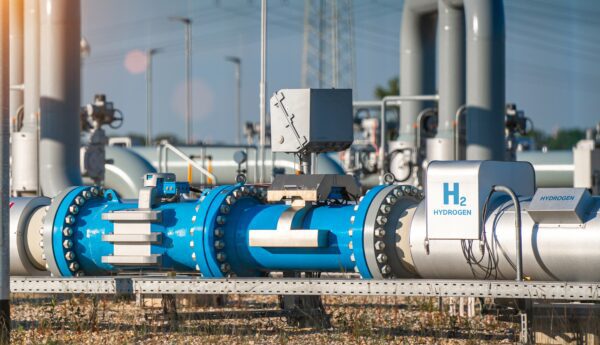 Find out more
Find out moreHydrogen Fracture Toughness Assessment for Gas Networks Ireland Transmission Pipeline System
Can natural gas pipelines be safely repurposed for hydrogen service? Penspen is helping Gas Networks…
-
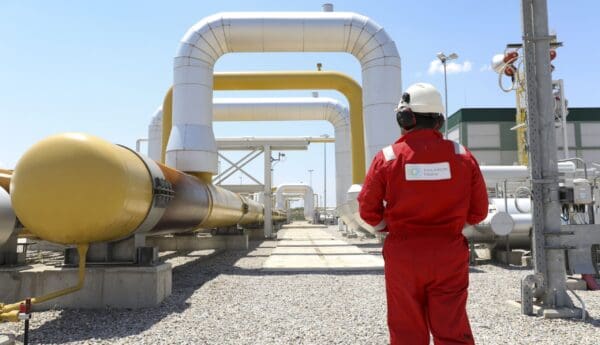 Find out more
Find out moreHydrogen Repurposing Assessment for Trans Adriatic Pipeline AG
Penspen further expands energy transition portfolio with hydrogen repurposing contract award from Trans Adriatic Pipeline…
-
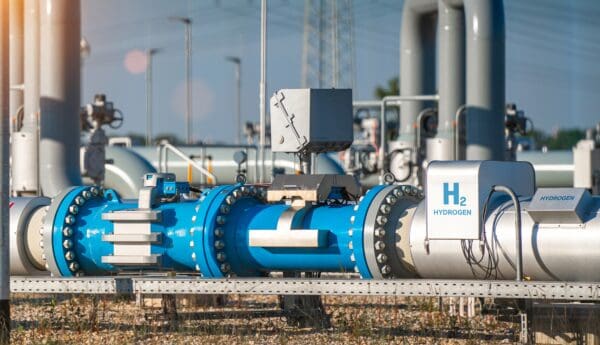 Find out more
Find out moreHydrogen Blending Feasibility Project for Conexus Baltic Grid’s Gas Pipeline Network
Penspen expands energy transition project portfolio with the award of a hydrogen blending contract from…
-
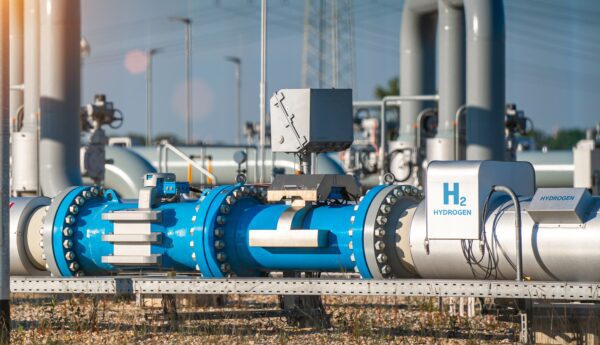 Find out more
Find out morePrioritisation of Pipe Selection for Conversion to Hydrogen Transportation
Penspen has successfully completed a prioritisation of pipe selection for conversion to hydrogen transportation study…
-
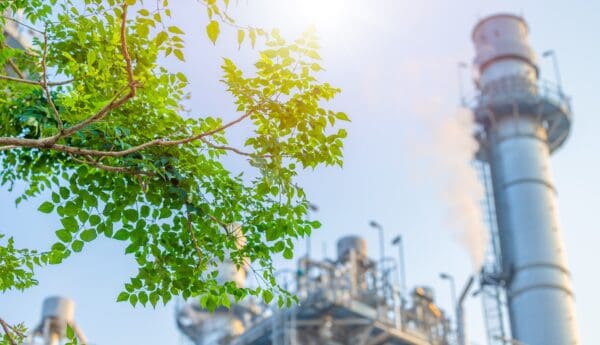 Find out more
Find out moreHydrogen Blending Facility Design & Assessment for REN-Gasodutos, S.A.
Penspen completes hydrogen blending facility design & assessment for REN-Gasodutos, S.A., a gas transmission system…
-
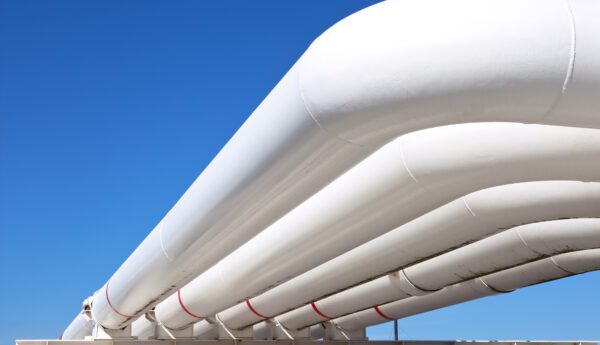 Find out more
Find out moreIntegrity and Energy Transition Consultancy Services for a National Gas Pipeline System
Integrity and Energy Transition Consultancy Services for a National Gas Pipeline System…
-
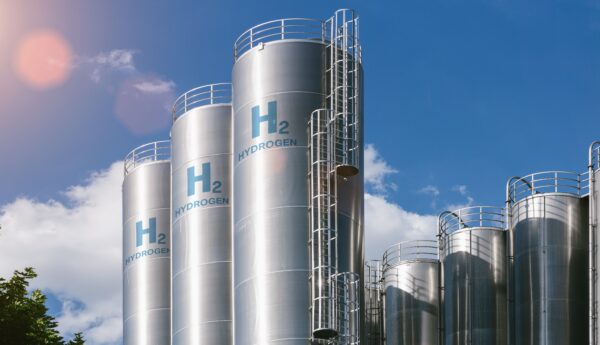 Find out more
Find out moreGreen Hydrogen Production Facility for a Gas Processing Plant
Feasibility and technology assessment for a green hydrogen production facility in Europe.…
-
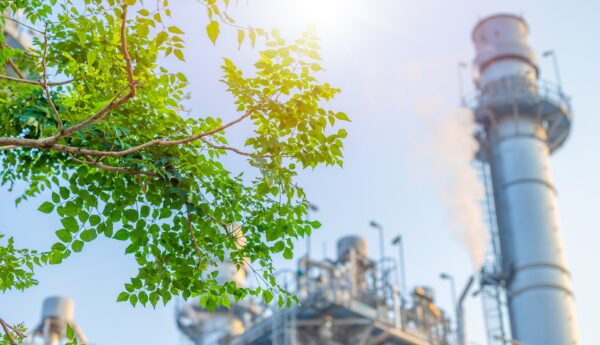 Find out more
Find out moreCCUS and H2 for a Large-Scale Industrial Cluster
Carbon capture & storage, and hydrogen concept solutions to help reach net zero in the…
-
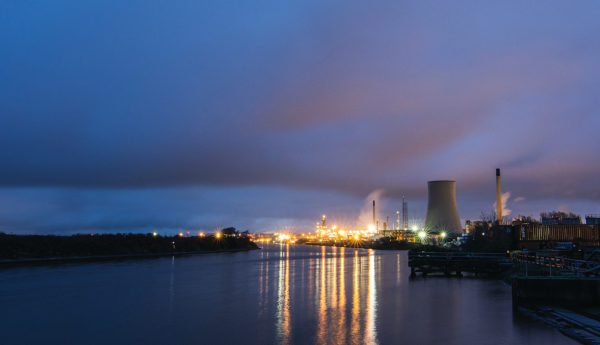 Find out more
Find out more1GW Low Carbon Hydrogen Project
Find out how Penspen has provided complete engineering and consenting expertise for the UK’s first…


